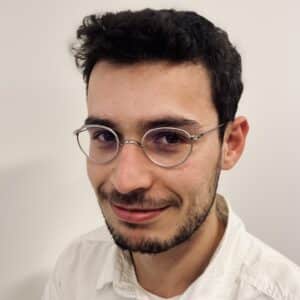"I was 24 when the first images of the siege of Sarajevo began to flood my memory", says Fabrice Dekoninck, a 56-year-old French photographer. In 1992, he was enjoying life and his studies. However, that year war broke out in Bosnia-Herzegovina. Imag...



